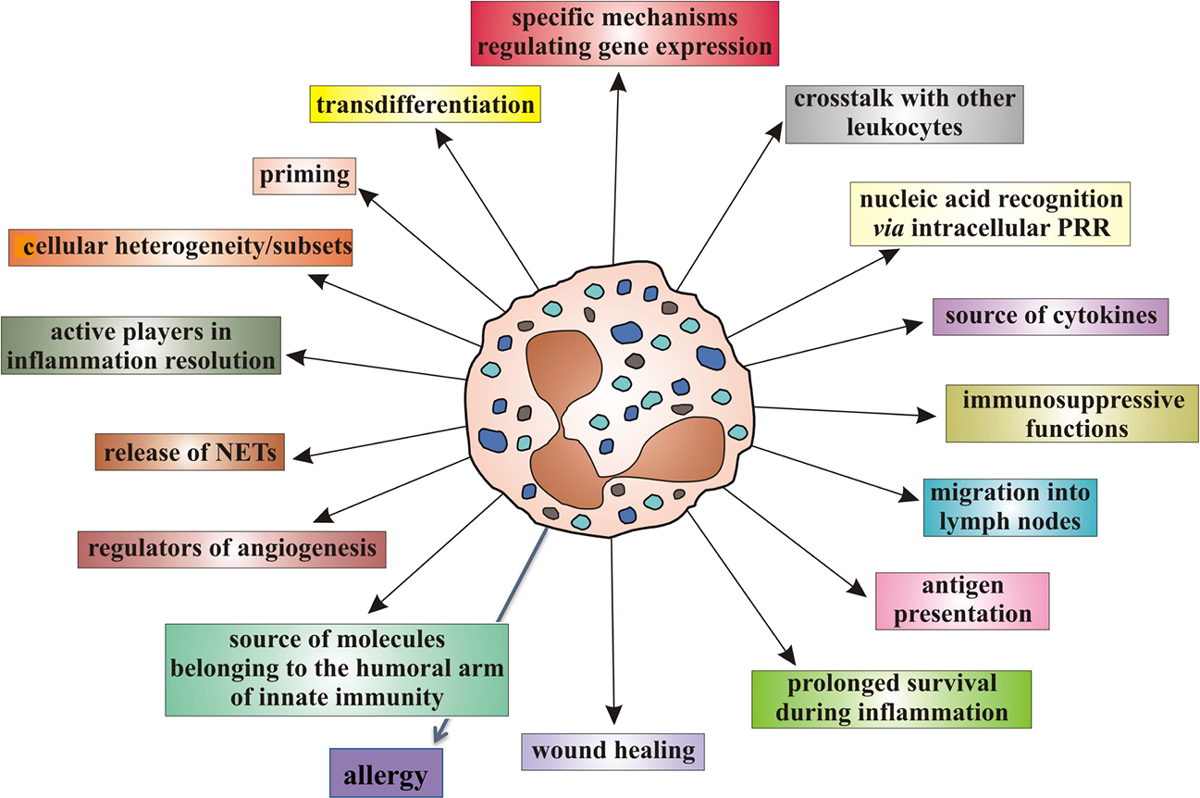Psychological and Behavioral Differences Between Low Back Pain Populations: A Comparative Analysis of Chiropractic, Primary and Secondary Care Patients
SOURCE: BMC Musculoskelet Disord. 2015 (Oct 19); 16: 306
Andreas Eklund, Gunnar Bergström,
Lennart Bodin and Iben Axén
Karolinska Institutet,
Institute of Environmental Medicine,
Unit of Intervention and Implementation Research,
Nobels väg 13, S-171 77,
Stockholm, Sweden.
BACKGROUND: Psychological, behavioral and social factors have long been considered important in the development of persistent pain. Little is known about how chiropractic low back pain (LBP) patients compare to other LBP patients in terms of psychological/behavioral characteristics.
METHODS: In this cross-sectional study, the aim was to investigate patients with LBP as regards to psychosocial/behavioral characteristics by describing a chiropractic primary care population and comparing this sample to three other populations using the MPI-S instrument. Thus, four different samples were compared.
A: Four hundred eighty subjects from chiropractic primary care clinics.
B: One hundred twenty-eight subjects from a gainfully employed population (sick listed with high risk of developing chronicity).
C: Two hundred seventy-three subjects from a secondary care rehabilitation clinic.
D: Two hundred thirty-five subjects from secondary care clinics.
The Swedish version of the Multidimensional Pain Inventory (MPI-S) was used to collect data. Subjects were classified using a cluster analytic strategy into three pre-defined subgroups (named adaptive copers, dysfunctional and interpersonally distressed).
RESULTS: The data show statistically significant overall differences across samples for the subgroups based on psychological and behavioral characteristics. The cluster classifications placed (in terms of the proportions of the adaptive copers and dysfunctional subgroups) sample A between B and the two secondary care samples C and D.
There are more articles like this @ our:
CONCLUSIONS: The chiropractic primary care sample was more affected by pain and worse off with regards to psychological and behavioral characteristics compared to the other primary care sample. Based on our findings from the MPI-S instrument the 4 samples may be considered statistically and clinically different.
TRIAL REGISTRATION: Sample A comes from an ongoing trial registered at clinical trials.gov;
NCT01539863, February 22, 2012.
From the FULL TEXT Article
Background
The lifetime prevalence of low back pain (LBP) in Sweden has been found to be 70% [1]. The long term course of LBP is often associated with persistence and recurrence of pain, a recent systematic review [2] found that 65% of patients that experience LBP still do so 1 year later. The bio-psycho-social model has become the leading theory of the development and management of chronic pain [3–6]. Psychological [7, 8], behavioral [9] and social factors [3] have been found to be important in the transition from sub-acute into chronic pain [10–13]. Further, psychological characteristics have been found to influence future disability, pain and self-reported improvement after treatment in patients with LBP in primary and secondary care [14–19].
A small number of studies have investigated psychological factors among chiropractic patients and have found little or no correlation with treatment outcome [20–26]. One study showed that chiropractic patients in Sweden had less depression and anxiety compared to other primary care populations [26] . Previous research [27] has shown chiropractic patients to have higher self-rated health, fewer depressive symptoms and lower functional limitations compared to non-chiropractic patients. In line with the above, recent research [28] has investigated primary care patients from GP surgeries (Family Practitioner offices) in Australia and found that the individuals who also saw a chiropractor were less disadvantaged and more likely to suffer from LBP. However, this study also showed that these patients suffered more depression and other chronic health problems as compared to other patient groups in the primary care sector. Thus, the evidence is far from conclusive and more research is needed.
Read the rest of this Full Text article now!





Leave A Comment